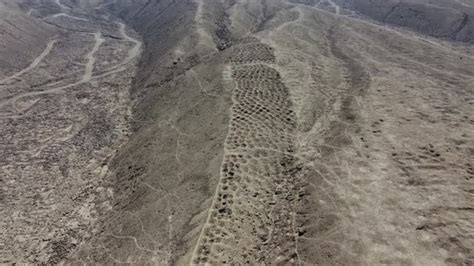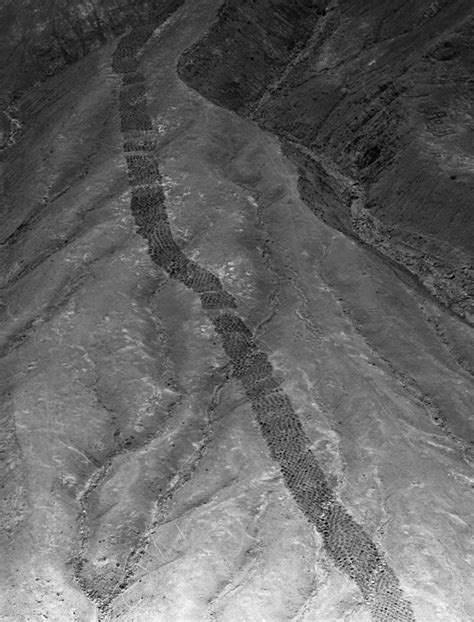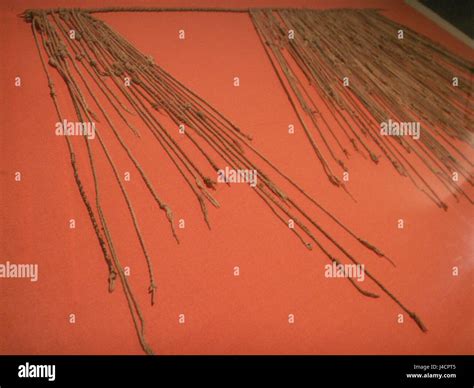
Drone Mapping Reveals Peru's Mysterious Band of Holes
Unveiling Ancient Secrets: Peru's Enigmatic Band of Holes
In the arid landscape of southern Peru's Pisco Valley, a mysterious formation has puzzled archaeologists and historians for decades. Known as the "Band of Holes," this enigmatic array of more than 5,000 aligned holes stretching across Monte Sierpe has long remained one of the country's most intriguing archaeological mysteries. Now, thanks to cutting-edge drone technology, researchers are finally beginning to unravel the secrets of this ancient wonder.

A Technological Breakthrough in Archaeological Discovery
Recent breakthroughs in archaeological research have come not from traditional digging methods, but from the sky. A team of researchers led by digital archaeologist Jacob Bongers from the University of Sydney has employed advanced drone mapping technology to meticulously document the entire Band of Holes formation. This non-invasive approach has allowed scientists to create detailed 3D models of the site without disturbing the delicate archaeological landscape.
"We know the pre-Hispanic population here was around 100,000 people," Bongers stated. "This suggests that the Band of Holes was part of a complex and sophisticated society that required innovative methods for record-keeping and resource management."
Connecting to Inca Civilization
Among the most fascinating discoveries is the similarity between the arrangement of the holes and the Inca khipu—a sophisticated accounting device made of knotted strings used for recording census data, calendrical information, and other administrative data. This connection has led researchers to propose that the Band of Holes might have functioned as a "landscape khipu," a monumental representation of the knotted string system.
"The site is situated between the highlands and coastal plain, and is near two Inca administrative sites and a network of pre-Hispanic roads," Bongers explained. "This strategic location suggests it played a crucial role in Inca administration and trade networks. The alignment of the holes could have represented different goods, quantities, or territories in a system that was both functional and symbolic."

Clues from the Soil
Analysis of soil samples extracted from the holes has revealed additional insights into the site's purpose and history. Archaeologists identified maize pollen and traces of reeds that were commonly used for weaving baskets. These findings suggest that people of the pre-Inca Chincha Kingdom may have carried plants to the site in baskets and then placed them in the holes as part of agricultural or ritual practices.
"The presence of maize pollen indicates that agriculture was likely central to the function of this site," said Bongers. "Given the strategic location between different ecological zones, this could have been a place where merchants, fisherfolk, and cotton farmers met to exchange goods and information. The holes might have served as planters, storage containers, or even as part of a larger system for tracking trade and resources."
Unanswered Questions
Despite these exciting discoveries, the Band of Holes continues to raise more questions than answers. "There are still many more questions—why is this monument only seen here and not all over the Andes?" Bongers admitted. "What exactly was its primary function, and how did it evolve over time from the pre-Inca period to the Inca Empire?"
These questions highlight the complexity of understanding ancient civilizations through their material remains. The Band of Holes represents a unique archaeological puzzle—one that combines advanced technology, ancient knowledge, and the enduring mystery of how past societies organized their world.
As research continues, archaeologists hope to uncover more evidence that will shed light on this remarkable site and the people who created it. For now, the Band of Holes stands as a testament to human ingenuity and the enduring power of archaeological discovery to reshape our understanding of the past.
Share this article
Dr. David Chen
Science correspondent with a Ph.D. in astrophysics, passionate about making complex scientific discoveries accessible to all.